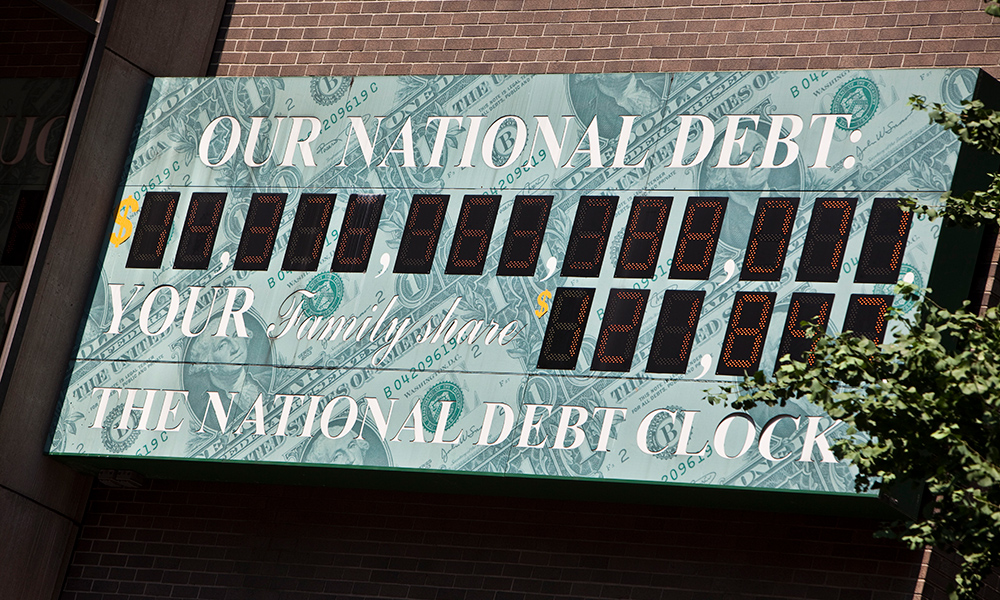The Unites States federal debt has been growing for a long time. Last week, it hit $22 trillion.
“I certainly think it’s something we should be worried about,” says David Primo, the Ani and Mark Gabrellian Professor and an associate professor of political science and business administration at the University of Rochester. “Federal debt held by the public is now at 80 percent of our gross domestic product. We haven’t seen that percentage since 1950, basically not since the aftermath of World War II.”
Primo appeared recently on Wisconsin Public Radio where he talked to Rob Ferrett, host of WPR’s Central Time, about the US debt, budget spending, and the outlook for economic growth and interest rates.
“The problem is that, yes, the economy is doing well, but it’s not doing well relative to our level of fiscal responsibility. The fact is, we spend more every year than we take in. We’ve been doing this pretty consistently for the last few decades,” Primo says. “Eventually there’s going to be a crisis if we don’t do something.”
Primo is an expert in American politics, campaign finance, and the federal debt. His research focuses on budget rules, corporate social responsibility, corporate political spending, and the effectiveness of campaign finance laws. His second book Rules and Restraint: Government Spending and the Design of Institutions (University of Chicago Press, 2007) looks at the design and enforcement of budget rules. His third book, A Model Discipline: Political Science and the Logic of Representations (Oxford University Press, 2012), co-authored with Kevin Clarke, examines the role of models, both theoretical and statistical, in social science research.
- Listen here to the full interview on Wisconsin Public Radio, which starts at 23 minutes into the show segment.





